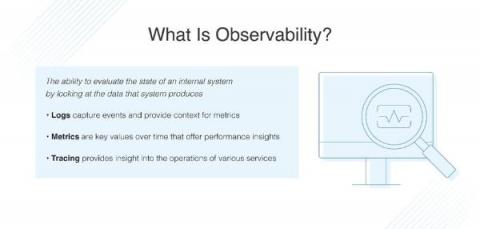ChatOps Explained and Why DevOps Teams Should Care
ChatOps can speed up organizations’ responses to user needs while relieving support staff of a lot of tedious activities. Many helpdesk or IT tickets are entered for routine end-user questions, such as finding out what hours you’re open or changing a password. However, organizations have also moved toward automating development and required operations through a process popularly known as DevOps.











